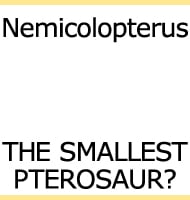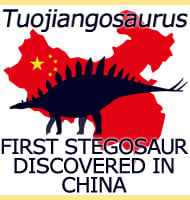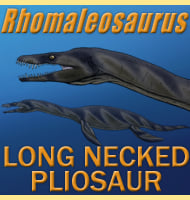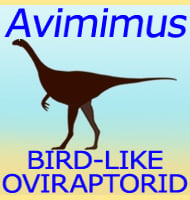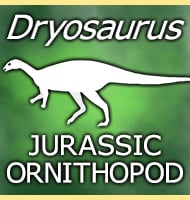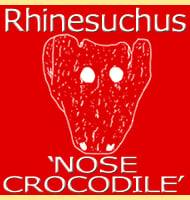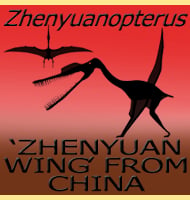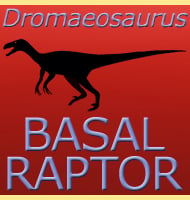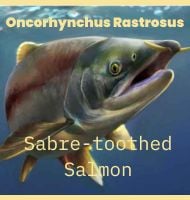In Depth
Although only named from a partial upper jaw, this is still enough to identify Angulomastacator as a distinct genus of hadrosaurid dinosaur because the front portion of the jaw bends down at an angle of forty-five degrees. If you are unfamiliar with how much this each, look at or imagine a clock face where one hand points at 12 o’clock and the other hand points midway between 1 o’clock and 2 o’clock. The shortest gap between the two hands is roughly a forty-five degree angle. This bend is not considered an artificial feature created by distortion during the fossilisation process because the teeth in the jaw are also shaped to fit the bend at this angle.
At the time of the description this bend is greater than any other known genus of dinosaur, something that suggests that Angulomastacator was unique to its time and environment. Beyond this it is difficult to say what the rest of Angulomastacator looked like because the rest of the skull and skeleton is unknown. However Angulomastacator has been classed as a lambeosaurine hadrosaurid which means that in life it probably also had a hollow head crest, although it’s impossible to say what form this took. Like its lambeosaurine relatives that were at their most common and diverse in North America during the Campanian stage of the Cretaceous, Angulomastacator was a relatively large herbivore that could switch between bipedal and quadrupedal postures with ease and as needed. The size of Angulomastacator is unknown, but its lambeosaurine relatives of this time could easily attain sizes of around nine to ten meters long, with some variation under and over this range between different genera. Throughout North America and Asia hadrosaurids like Angulomastacator are thought to have been principally preyed upon by the largest predatory dinosaurs of the time, the tyrannosaurs. However in the Aguja Formation Angulomastacator faced a different threat, the giant crocodile Deinosuchus. Not only did this large crocodile have immensely powerful jaws, but it also had the size and weight to possibly drag a hadrosaur like Angulomastacator into the water where it could be drowned by being held under the water. Clues to the fearsomeness of Deinosuchus comes from the dinosaur Appalachiosaurus, a relative of Tyrannosaurus that has Deinosuchus shaped tooth marks in its tail vertebrae.
Deinosuchus is seen as a semi-aquatic crocodile similar to today’s crocs but much larger. The presence of this predator combined with numerous fossils of ammonites and turtles indicates that in the Cretaceous the Aguja Formation was a wetland ecosystem that lay near to the Western Interior Seaway. Here Angulomastacator probably foraged for plants alongside other herbivorous dinosaurs such as the ceratopsian dinosaur Chasmosaurus and Agujasaurus as well as the armoured dinosaurs Euoplocephalus and Edmontonia. Smaller theropod dinosaurs such as Saurornitholestes and Ricardoestesia also hunted around these areas, though their small size meant that they were more of a threat to smaller juvenile Angulomastacator.
Further Reading
– An Enigmatic New Lambeosaurine Hadrosaur (Reptilia: Dinosauria) from the Upper Shale Member of the Campanian Aguja Formation of Trans-Pecos Texas. – Journal of Vertebrate Paleontology. 29 (2): 605–611. – Jonathan R. Wagner & Thomas M. Lehman – 2009.

